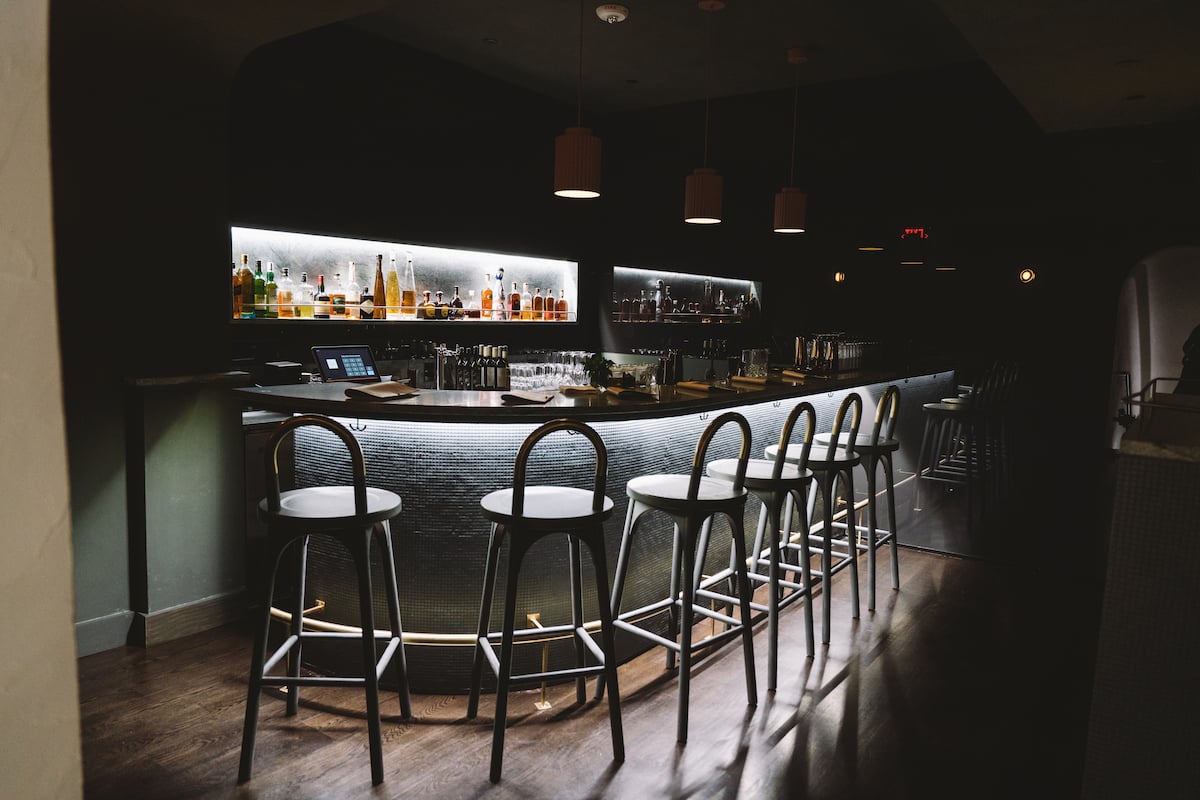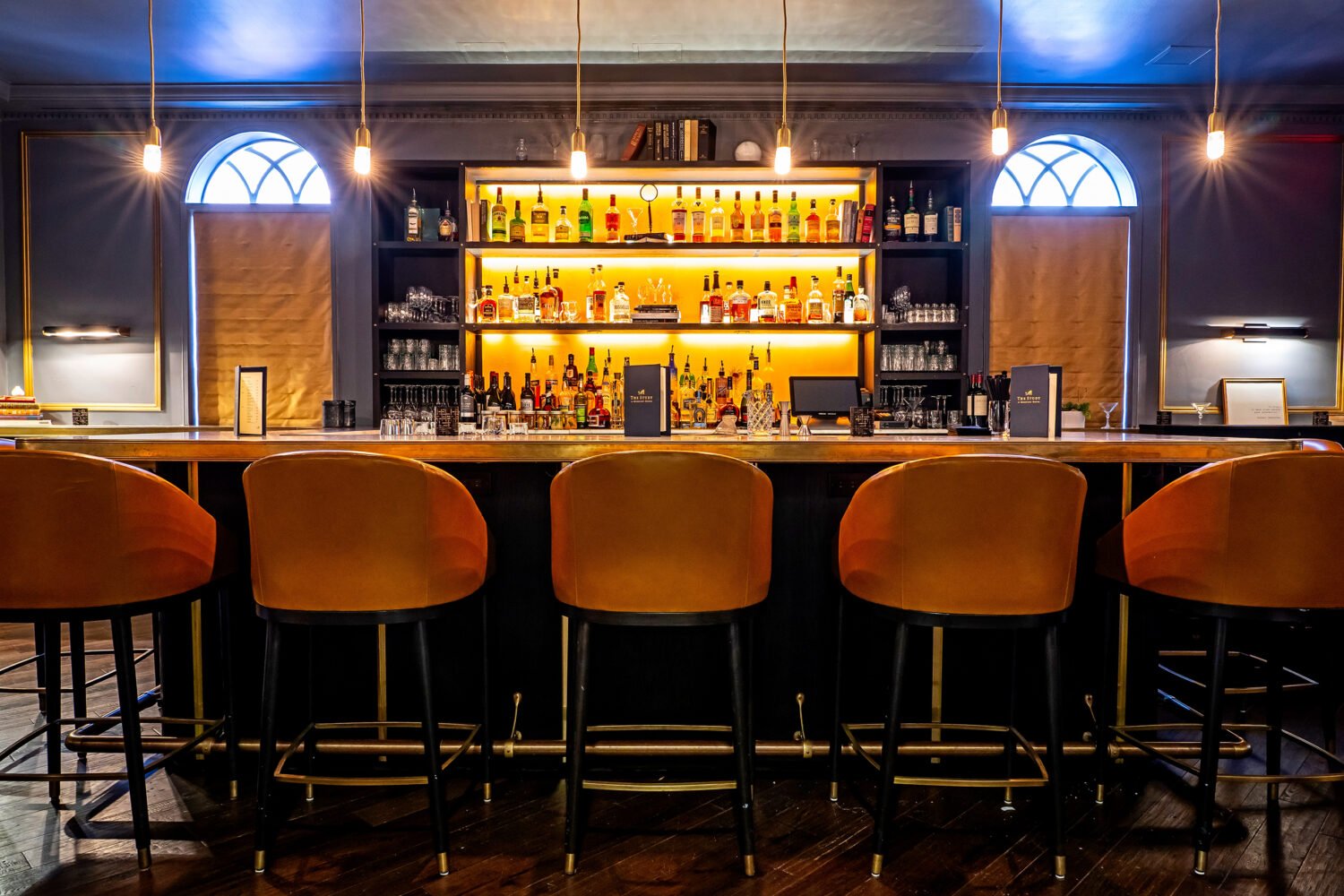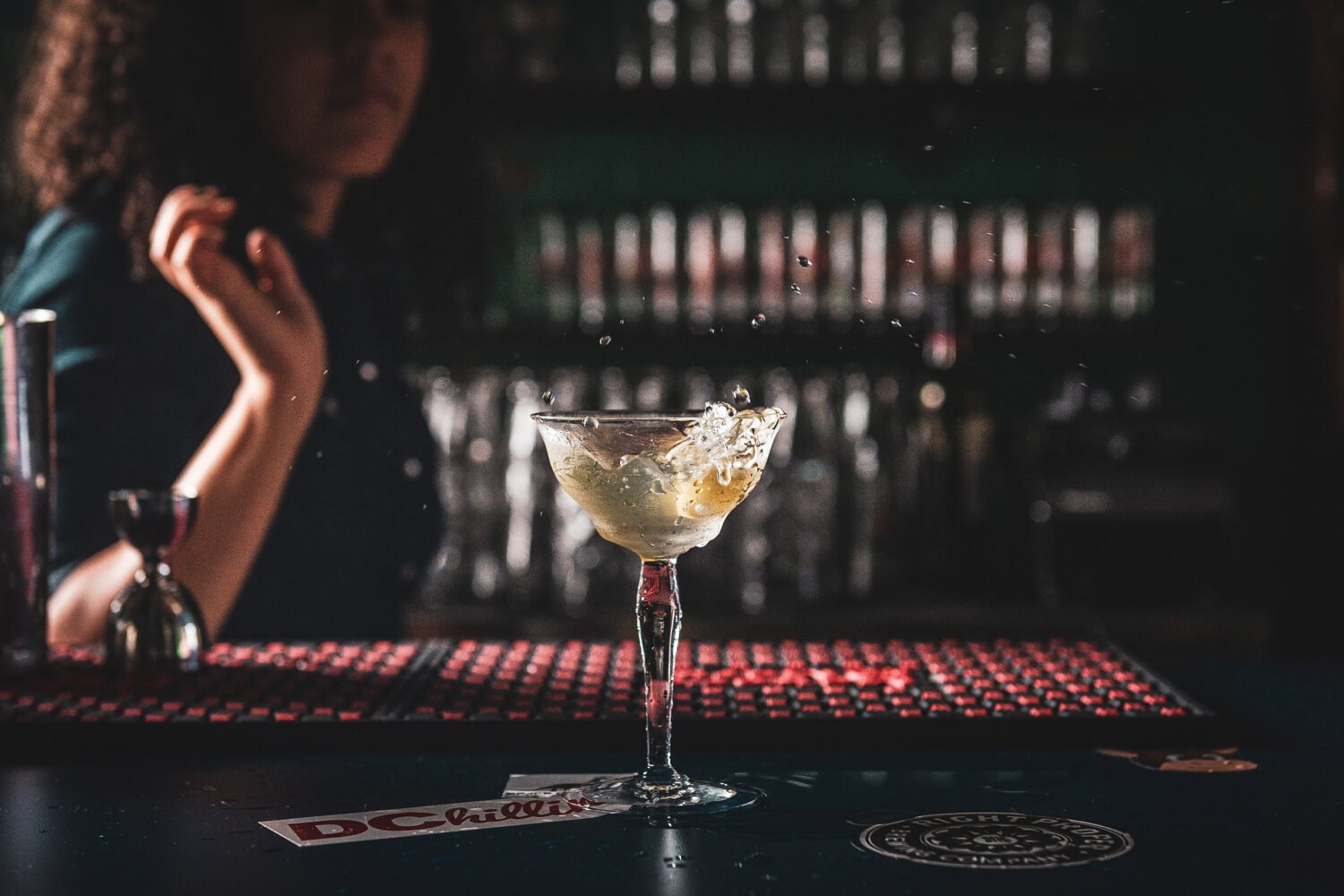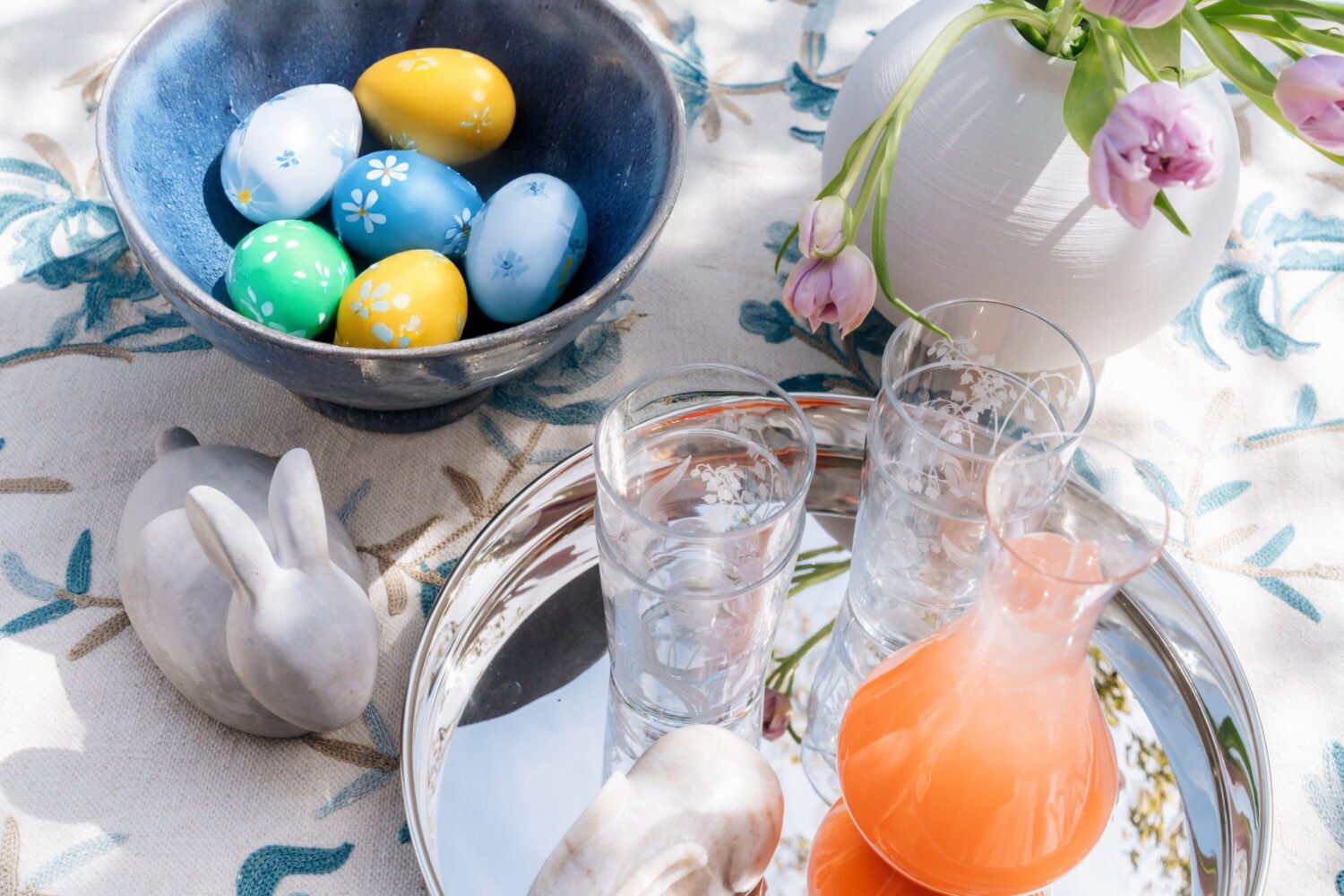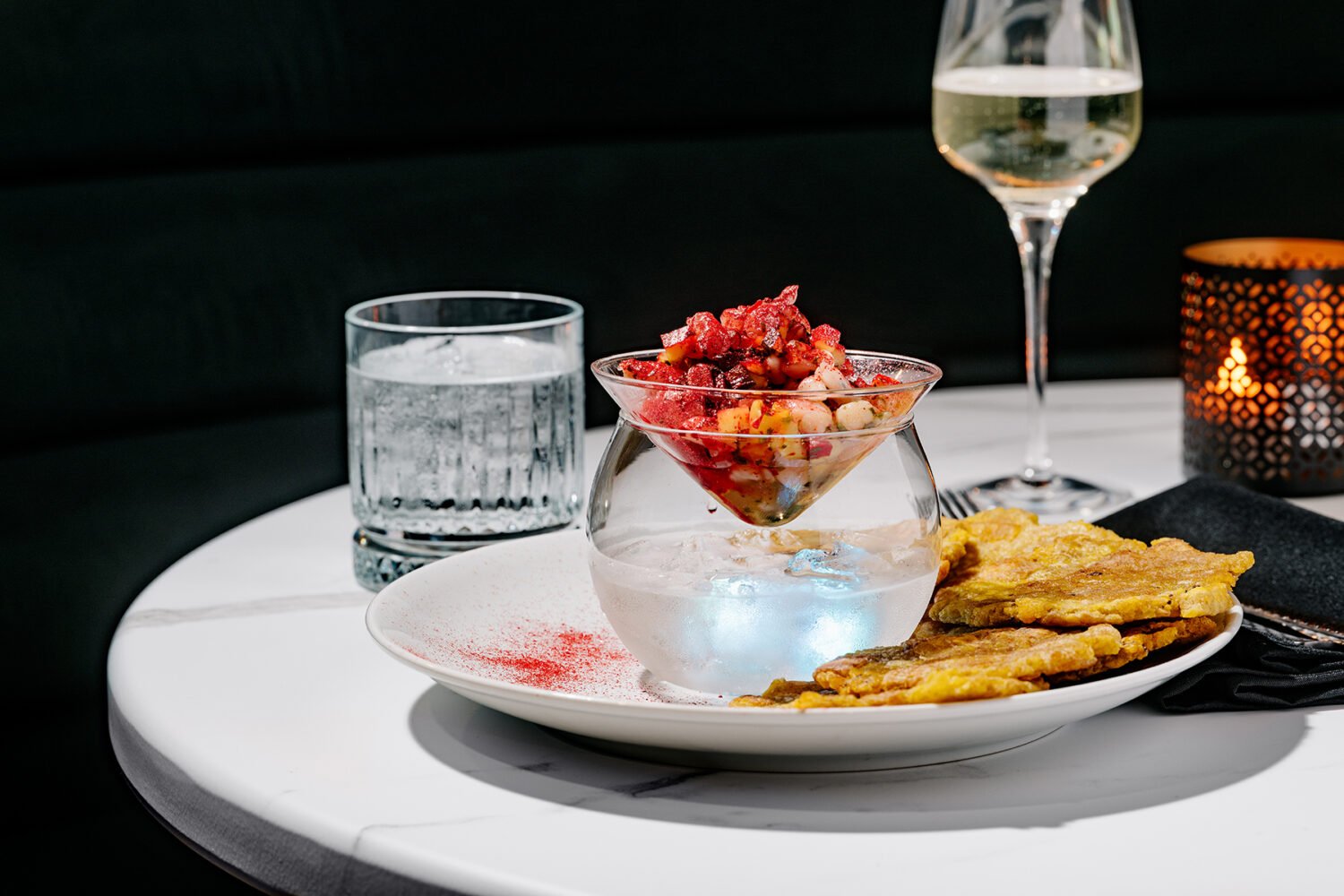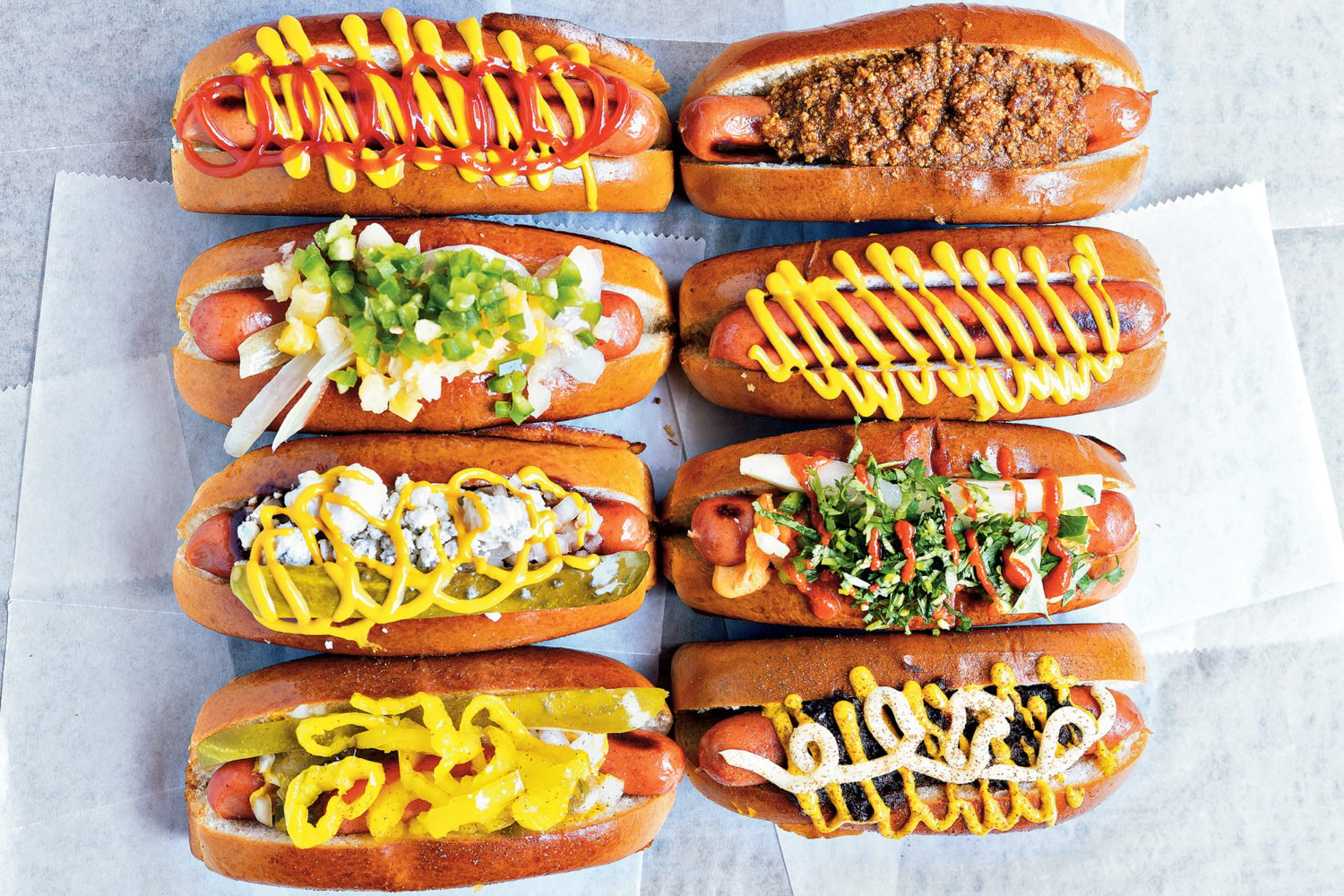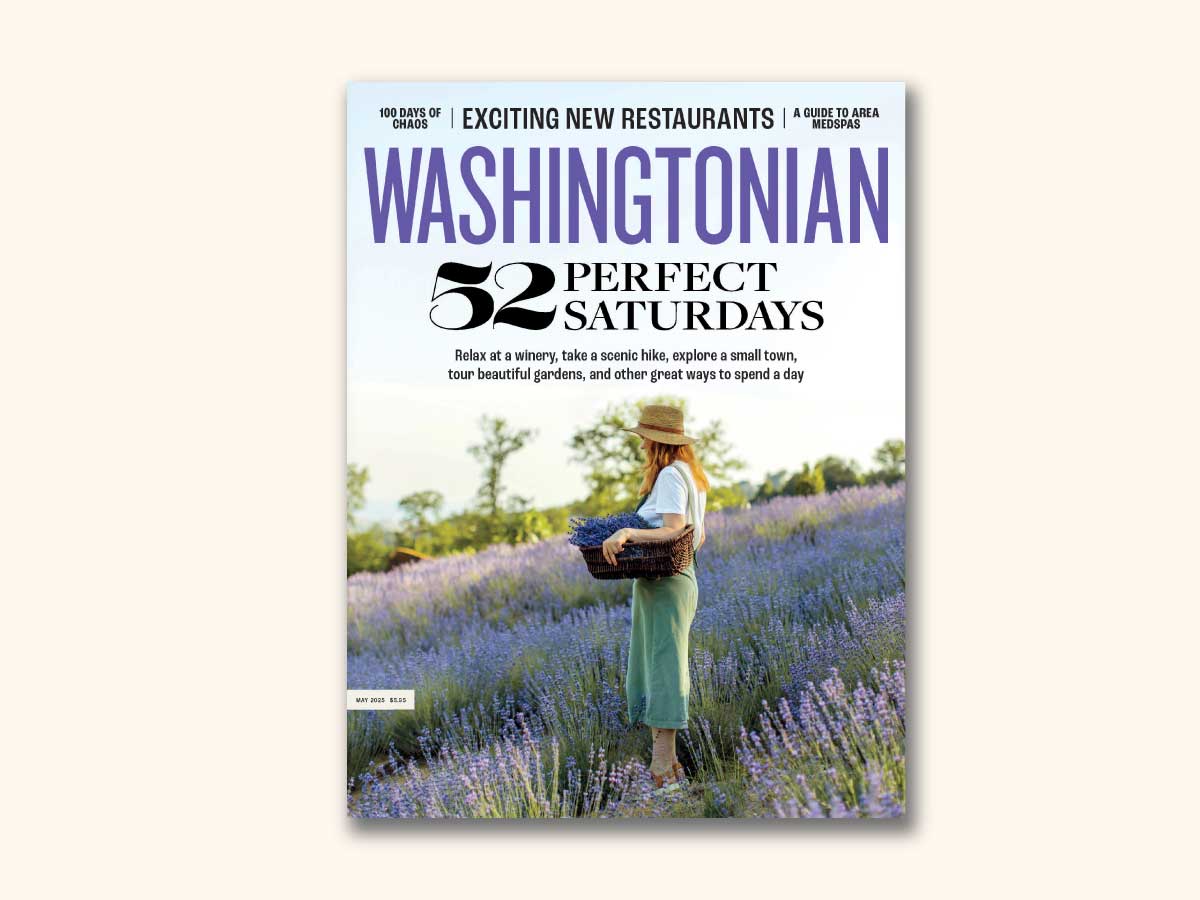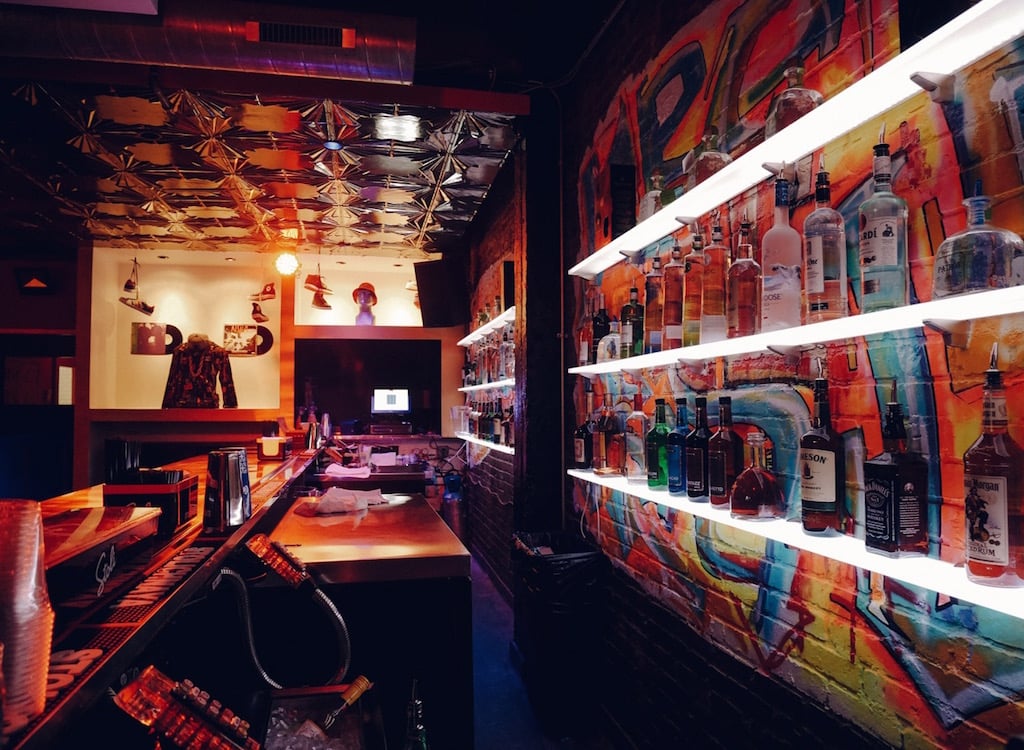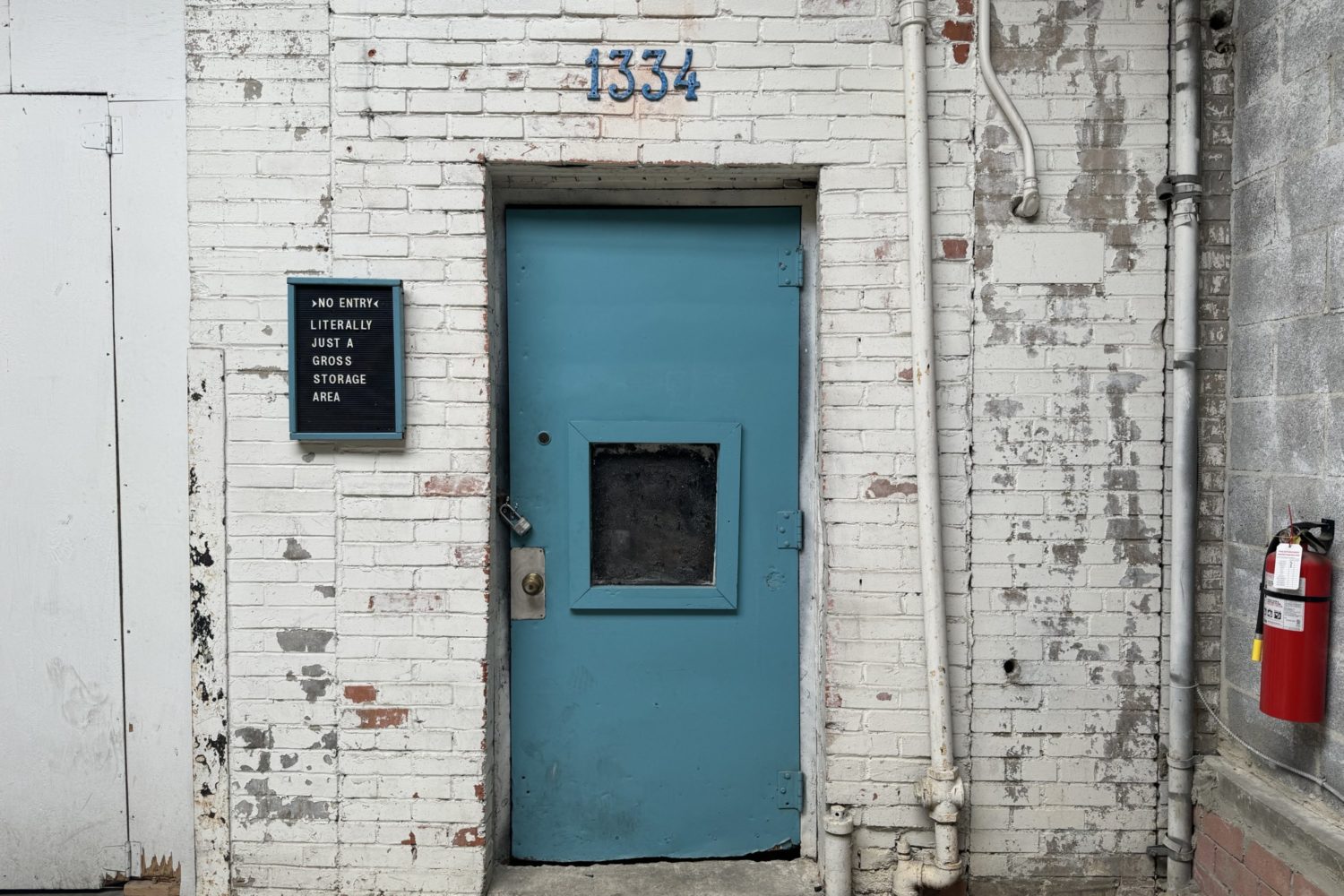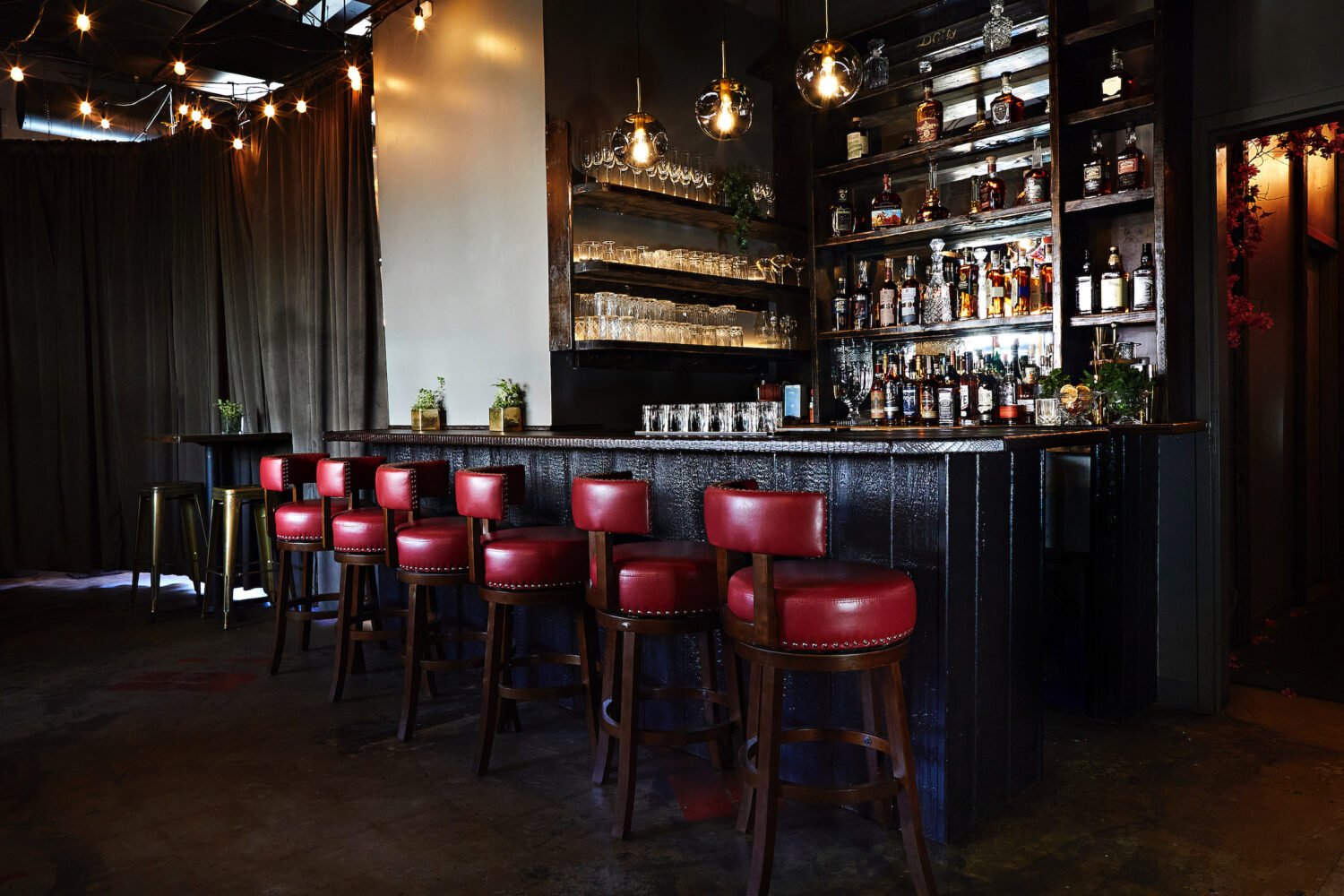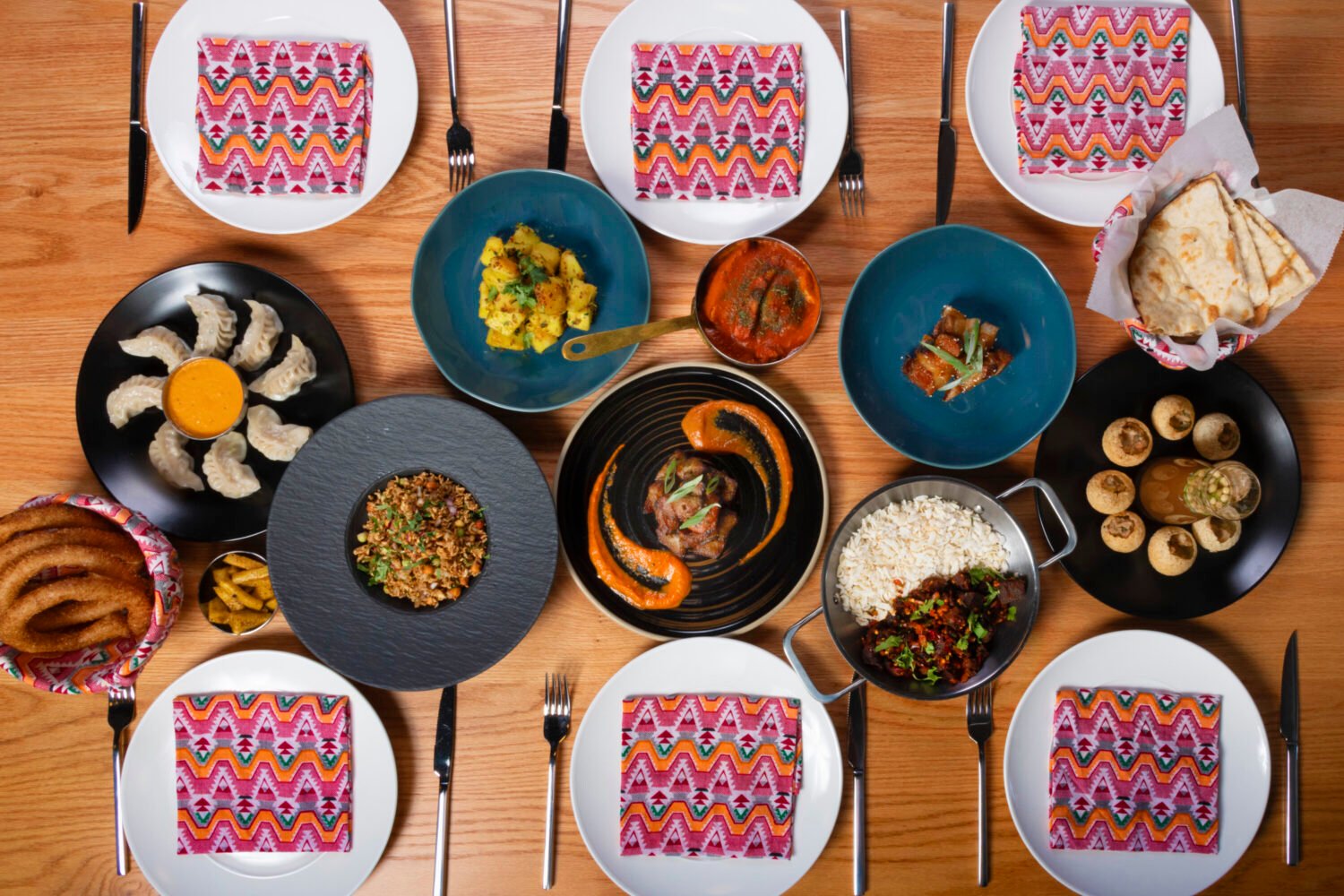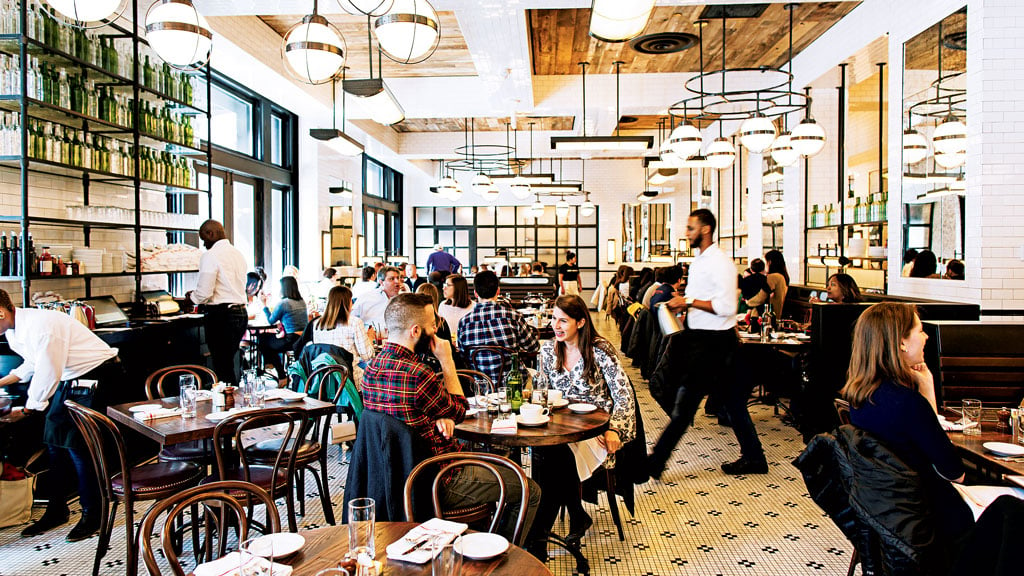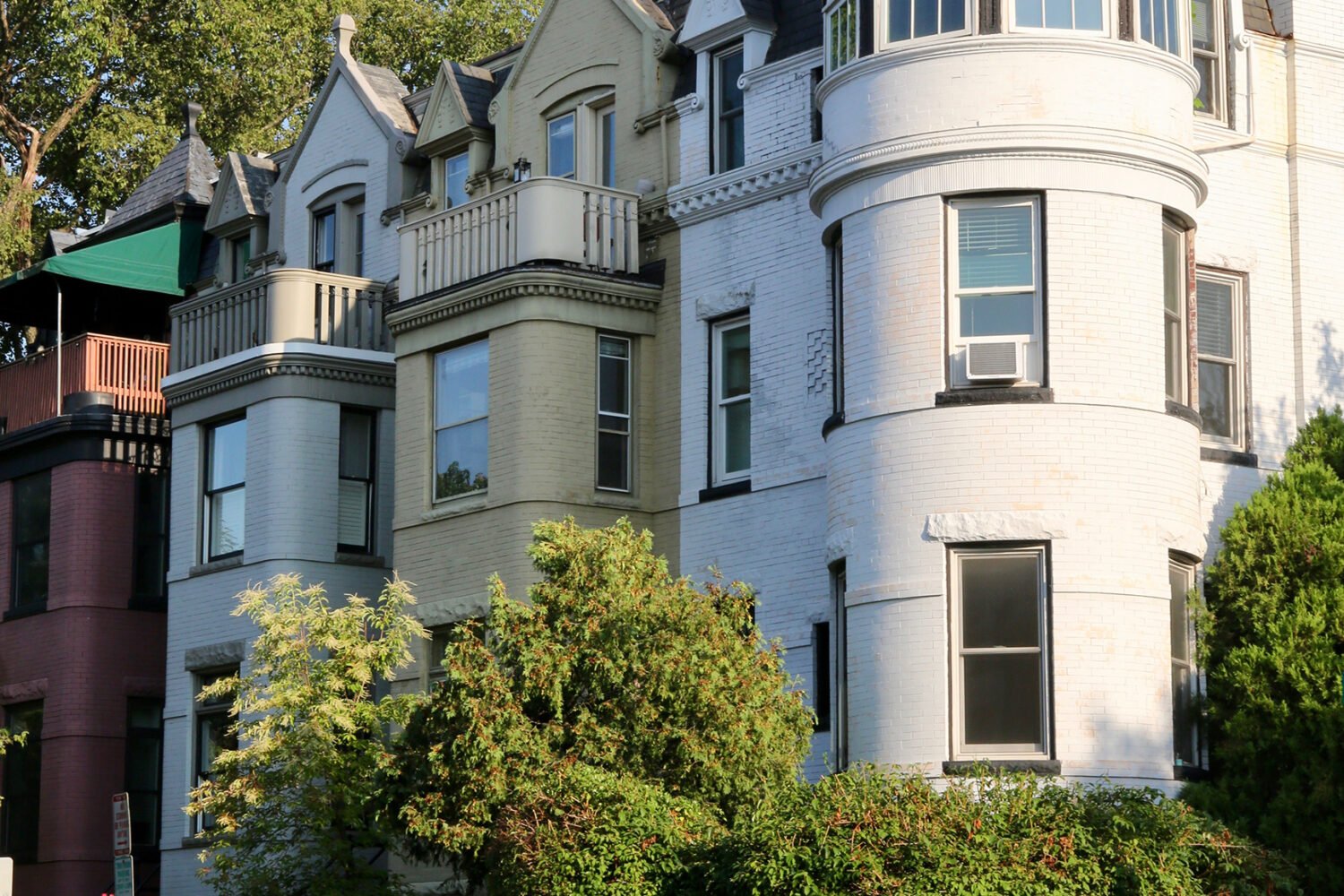Not even a pandemic could kill the “speakeasy.” Having survived off an endless cycle of gimmicks—dress codes, passwords, hidden doors—it seemed for a moment that tightly-packed, windowless bars might be doomed. But like so many things that Covid was poised to destroy (buffets, share plates, fine-dining), rumors of its demise were vastly overstated. In fact, so-called “speakeasies” are now flourishing, even if how they’re defined is more meaningless than ever.
Among the locations of the newer “speakeasies” around DC: a ramen joint, a steakhouse, an Afro-Caribbean restaurant, a chic barbershop, and a trendy hotel. Another is coming to a Chevy Chase food hall replacing a P.F. Chang’s. A “resident speakeasy” is even an amenity, along with a rooftop infinity pool, at a luxury Capitol Hill apartment building.
Of course, none of these are actually speakeasies in the historical sense of the word. Prohibition-era speakeasies—the actually illegal kind—were often located in people’s homes, and they weren’t usually glamorous. Cocktails of that era were necessary to mask the foul taste of renatured industrial alcohol.
The first modern-day “speakeasies” emerged alongside the craft cocktail movement nearly two decades ago. Serious drinks seemed to call for serious spaces where mixologists with handlebar mustaches carried leather satchels for their ice picks. These bars seemed cool and exciting in their novelty (if not ripe for satire). In the years since, the “speakeasy” has evolved into marketing short-hand for a small bar with expensive cocktails. At most, maybe, there’s a hidden entrance. But really, any bar can be a “speakeasy” if you dim the lights low enough.
At this point, the enduring popularity of the “speakeasy” has less to do with romanticized 1920s nostalgia—though there’s still a bit of that—and more to do with the fantasy of exclusivity and escape. That’s something even more appealing in the wake of a pandemic that left so many feeling left out and stranded. Plus, who doesn’t want to feel like they’re in on a little secret? Social media is flooded with influencers seeking out so-called hidden gems to turn viral, making it rare to find a gem that’s legitimately hidden. There are no more secret bars, only press releases and TikTok reels promoting “secret bars.”
All of which is to say: what once seemed like a fad has actual staying power. A small consolation is that at least the pretentious and exclusionary rules that defined the early “speakeasy” trend have mostly (though not completely) disappeared. When the original location of Harold Black opened in Eastern Market in 2012, you could only gain access if you somehow obtained an unpublished phone number. At the Sheppard, which debuted in Dupont Circle in 2014, no photos were allowed. That particular rule seems all the more wild now, because so many “speakeasies” populating DC these days are tailor-made for photos. They all pretty much have Instagram pages, and often times, publicists too. “Speakeasy” operators have figured out the key to longevity: hidden is fine for a door—just not a business.

